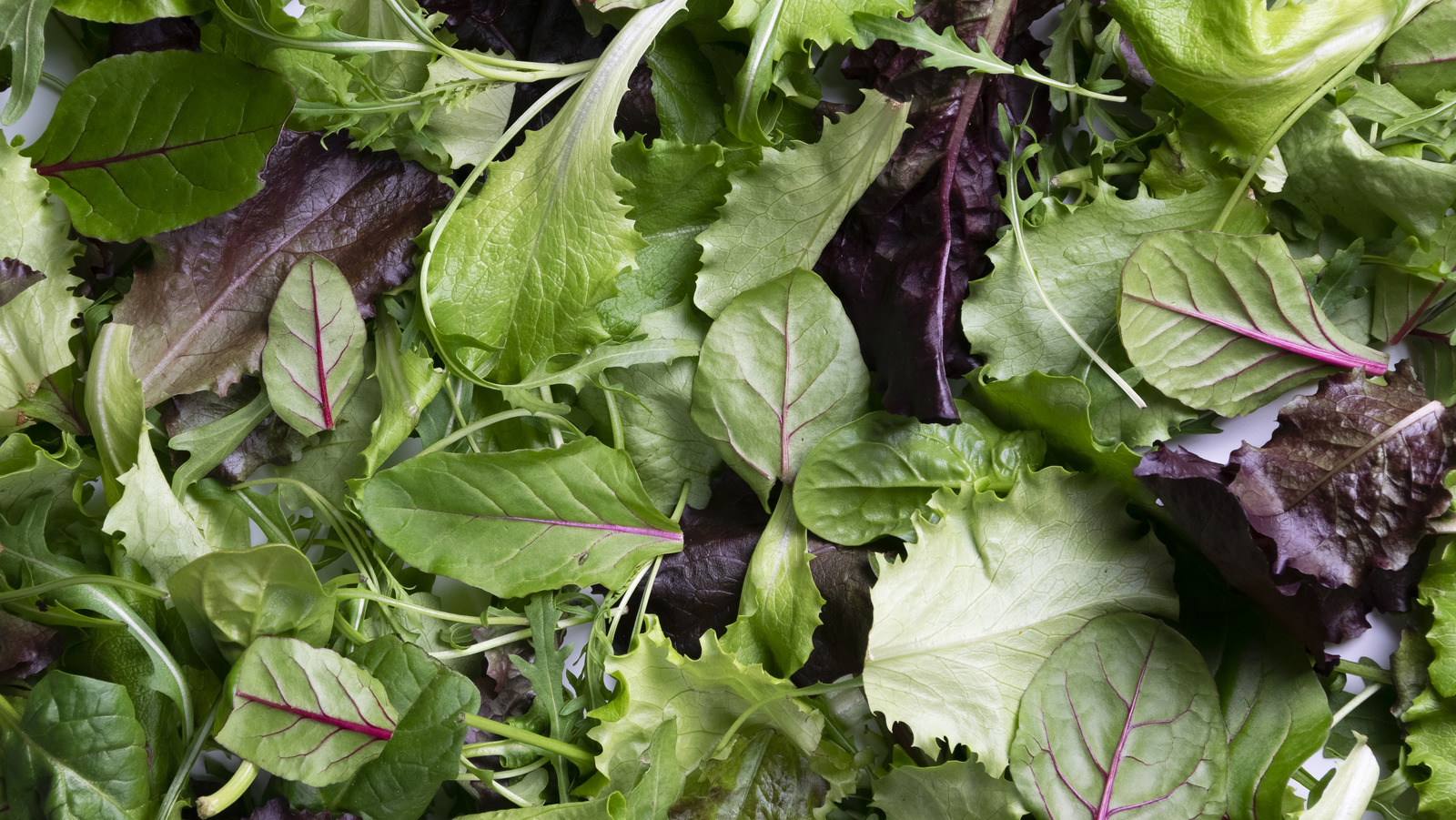Listeria In Buldak Noodles: Understanding The Risks And Safety Measures
Buldak noodles have gained immense popularity over the years, known for their spicy kick and unique flavor. However, recent concerns about foodborne illnesses, particularly listeria, have raised alarms among consumers. This article aims to delve into the relationship between listeria and buldak noodles, helping readers understand the potential risks, safety measures, and what they can do to enjoy their favorite dish safely.
In this comprehensive guide, we will explore the causes of listeria contamination, how it can affect food products like buldak noodles, and the steps both manufacturers and consumers can take to mitigate these risks. With the rise of ready-to-eat meals and instant noodles, understanding food safety has never been more critical.
Our focus on listeria in buldak noodles is not just about highlighting a health scare; it’s about empowering consumers with knowledge. By the end of this article, readers will be well-informed and prepared to make safe choices regarding their food consumption.
Table of Contents
- What is Listeria?
- Health Risks of Listeria Contamination
- Buldak Noodles and Listeria: The Connection
- How Listeria Enters Food Products
- Preventive Measures by Manufacturers
- Consumer Safety Tips for Buldak Noodles
- What to Do If You Suspect Listeria Contamination
- Conclusion
What is Listeria?
Listeria monocytogenes is a type of bacteria that can cause listeriosis, a serious infection that primarily affects pregnant women, newborns, older adults, and individuals with weakened immune systems. It is often found in unpasteurized dairy products, raw vegetables, and processed meats. Understanding the nature of listeria is crucial for recognizing how it can impact food safety.
Characteristics of Listeria
- It is a gram-positive bacterium.
- It can survive and even grow at refrigeration temperatures.
- It is resistant to many common food preservation methods.
Health Risks of Listeria Contamination
Listeriosis can lead to severe health complications, including meningitis, septicemia, and even miscarriage in pregnant women. Symptoms may include fever, muscle aches, nausea, and diarrhea. Due to its potentially severe consequences, it is essential to be aware of the risks associated with listeria contamination in food products.
Who is Most at Risk?
- Pregnant women
- Newborns
- Older adults (65 years and older)
- Individuals with weakened immune systems (due to medical conditions or medications)
Buldak Noodles and Listeria: The Connection
Buldak noodles, a popular instant noodle dish from South Korea, are known for their spicy flavor and ease of preparation. While they are generally safe to eat, concerns have arisen regarding potential listeria contamination. Understanding how listeria can be associated with buldak noodles is vital for consumers.
Possible Sources of Contamination
- Raw ingredients used in the production process.
- Improper handling and storage during manufacturing.
- Cross-contamination with other contaminated products.
How Listeria Enters Food Products
Listeria can enter food products at various stages, from production to distribution. Understanding these pathways can help both manufacturers and consumers take the necessary precautions.
Contamination Pathways
- During harvesting and processing of raw materials.
- Through contaminated surfaces and equipment in food processing facilities.
- During transportation and storage processes.
Preventive Measures by Manufacturers
Food manufacturers play a crucial role in preventing listeria contamination. Implementing strict safety protocols and adhering to food safety regulations are essential steps in ensuring consumer safety.
Key Preventive Strategies
- Regular sanitation of equipment and production areas.
- Monitoring for potential contamination during the production process.
- Implementing robust quality control measures.
Consumer Safety Tips for Buldak Noodles
Consumers also have a role in ensuring their safety when it comes to food consumption. Here are some tips to help enjoy buldak noodles safely.
Safety Tips
- Always check expiration dates before purchasing.
- Store noodles in a cool, dry place and avoid exposure to moisture.
- Follow cooking instructions carefully to ensure proper preparation.
What to Do If You Suspect Listeria Contamination
If you suspect that you have consumed contaminated buldak noodles or any other product, it is crucial to take immediate action. Here are the steps to follow:
Recommended Actions
- Seek medical attention if you experience symptoms of listeriosis.
- Report the issue to local health authorities or the manufacturer.
- Keep records of the product, including purchase date and location.
Conclusion
In summary, understanding listeria and its potential impact on buldak noodles is vital for ensuring food safety. By being aware of the risks and implementing safety measures, both manufacturers and consumers can work together to minimize the threat of contamination. We encourage readers to stay informed, take necessary precautions, and share their experiences or questions in the comments below.
As the demand for convenient food options like buldak noodles continues to grow, maintaining high standards of food safety must remain a top priority. If you found this article helpful, consider sharing it with others who may benefit from this information. Stay safe and informed!
Understanding MMSLeak.com: A Comprehensive Guide
Exploring Olivia Cooke's Partner: Relationship Insights And More
Karen Carney Family: A Deep Dive Into The Life Of The Football Star


